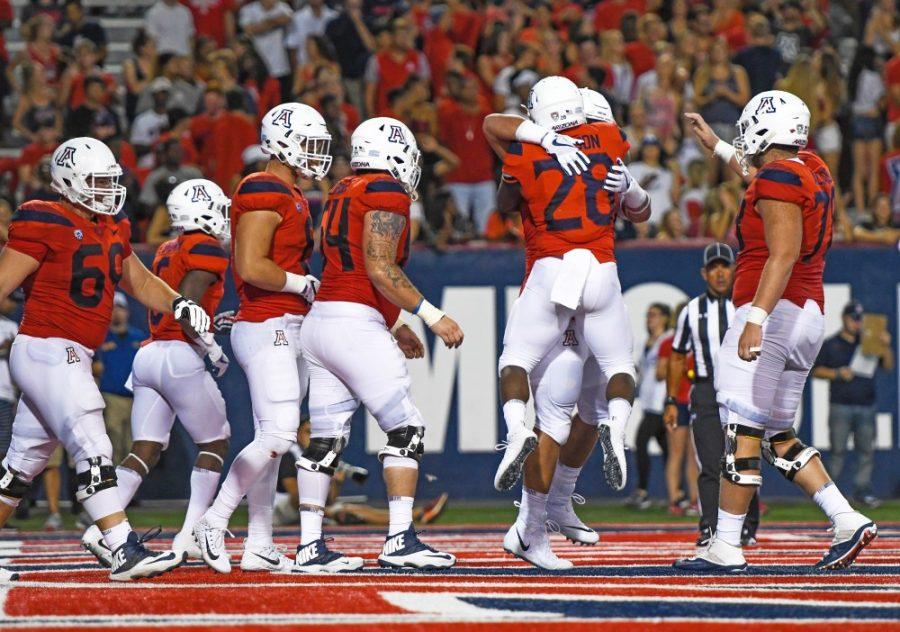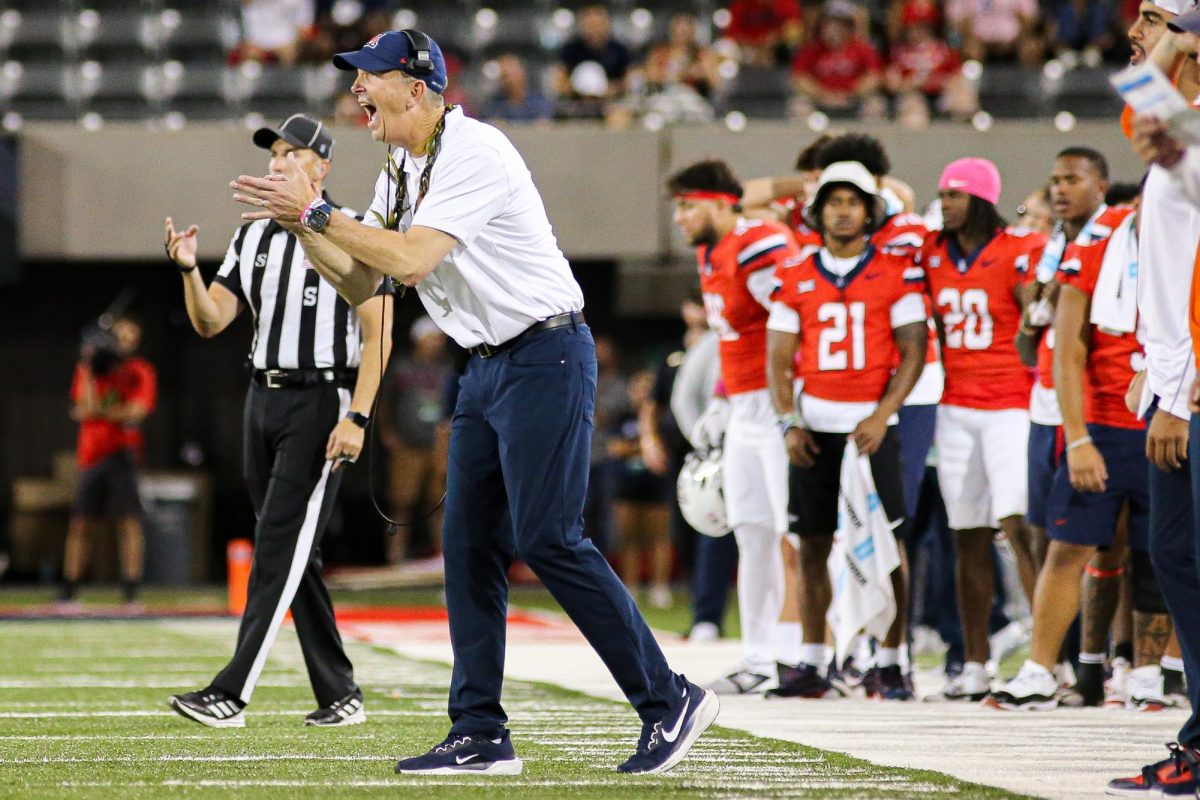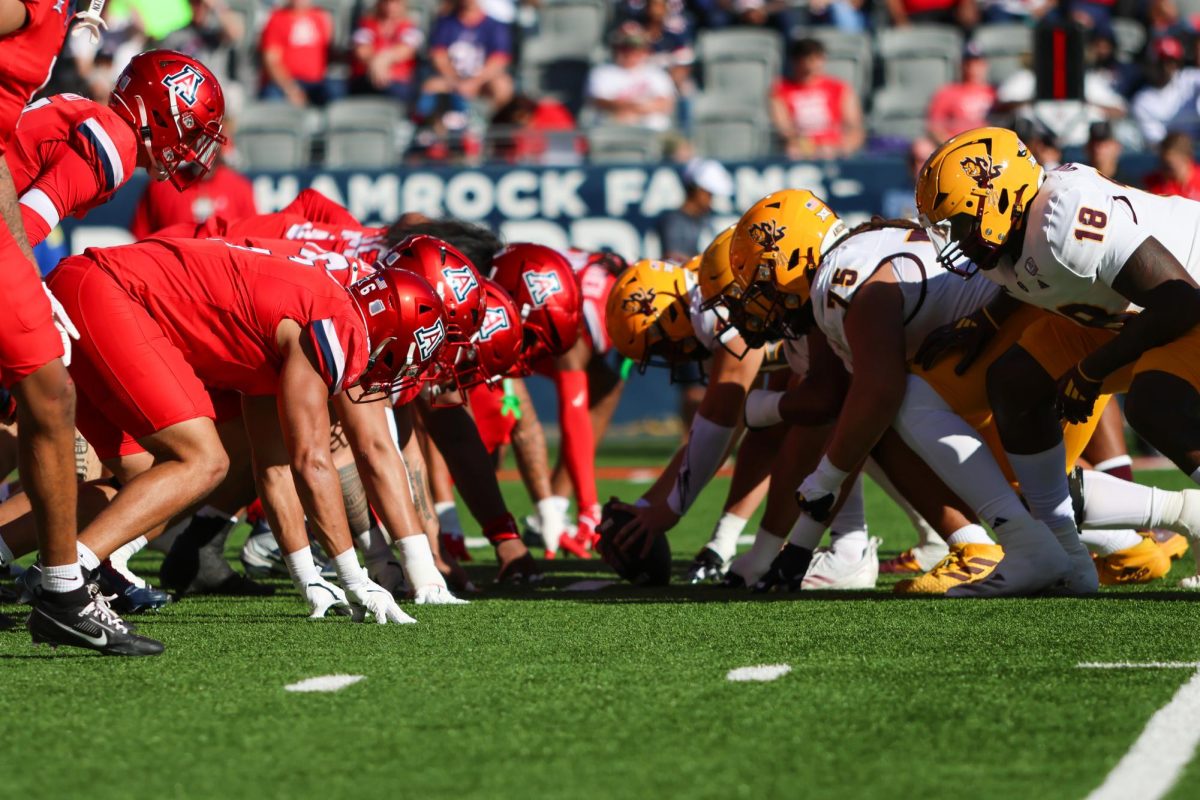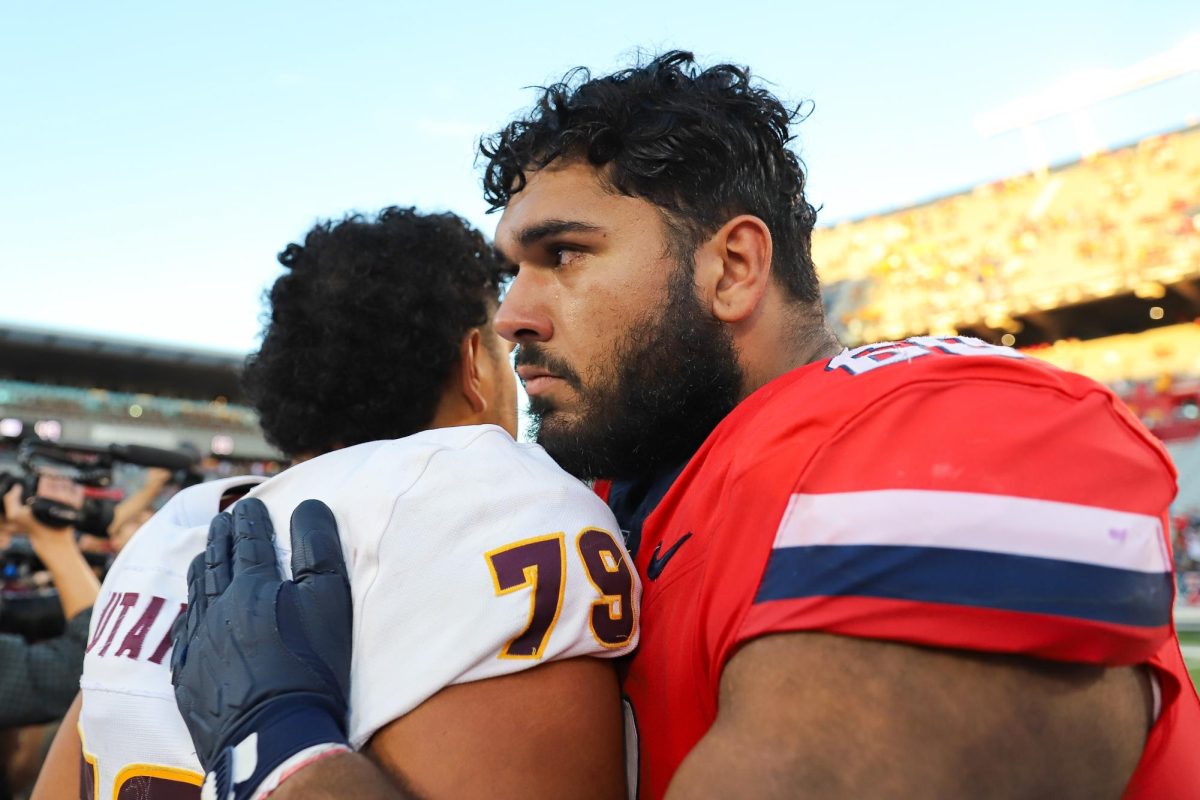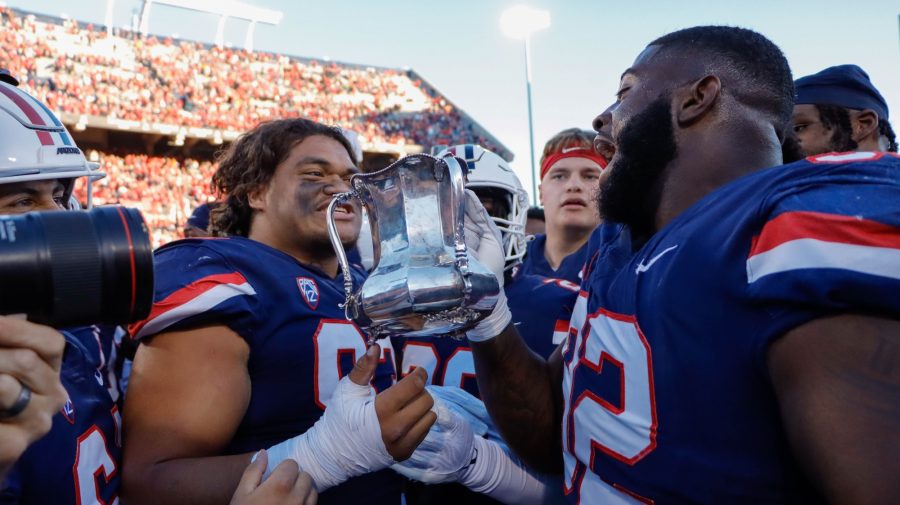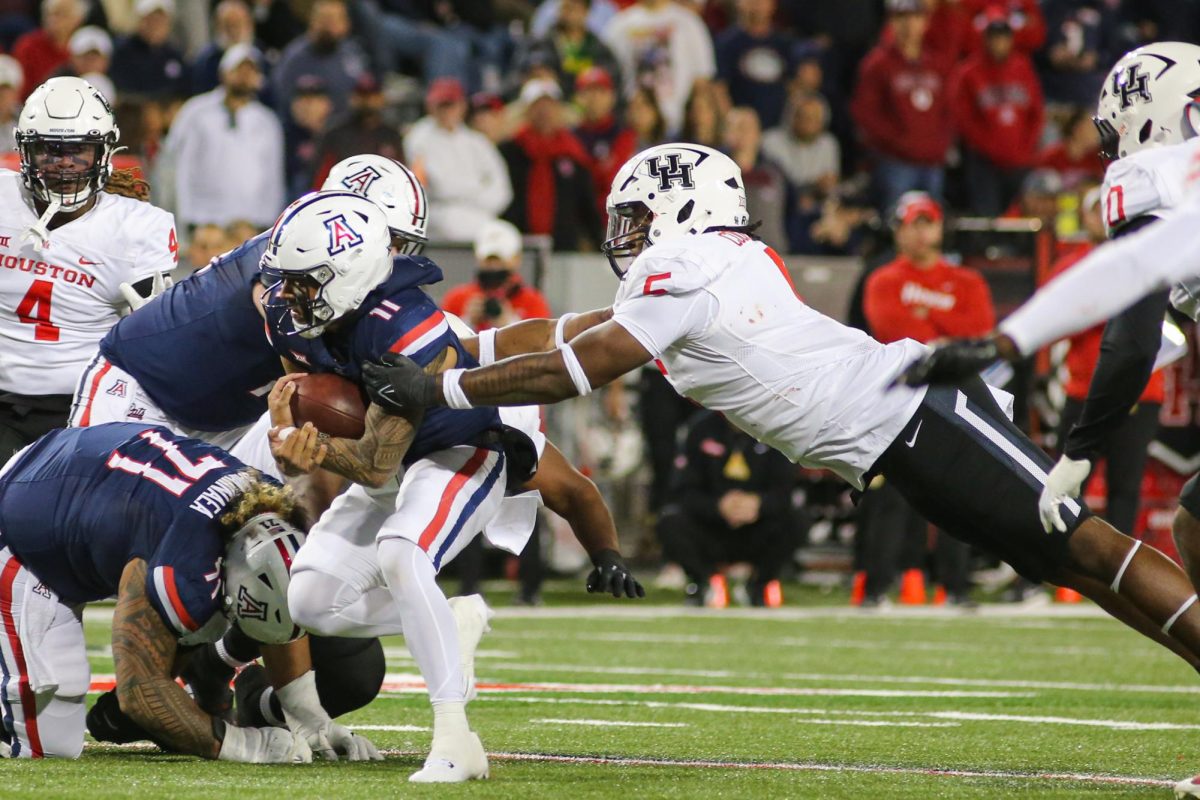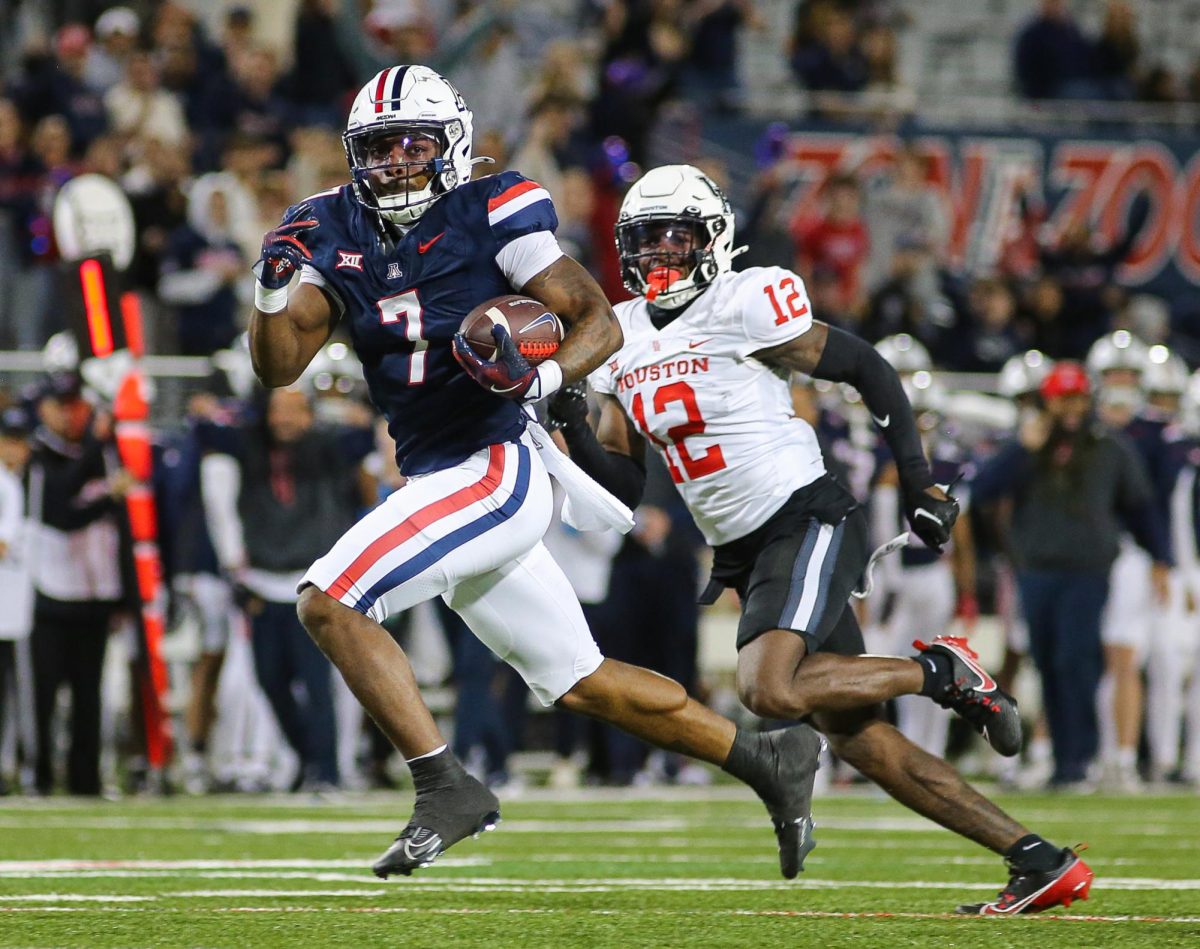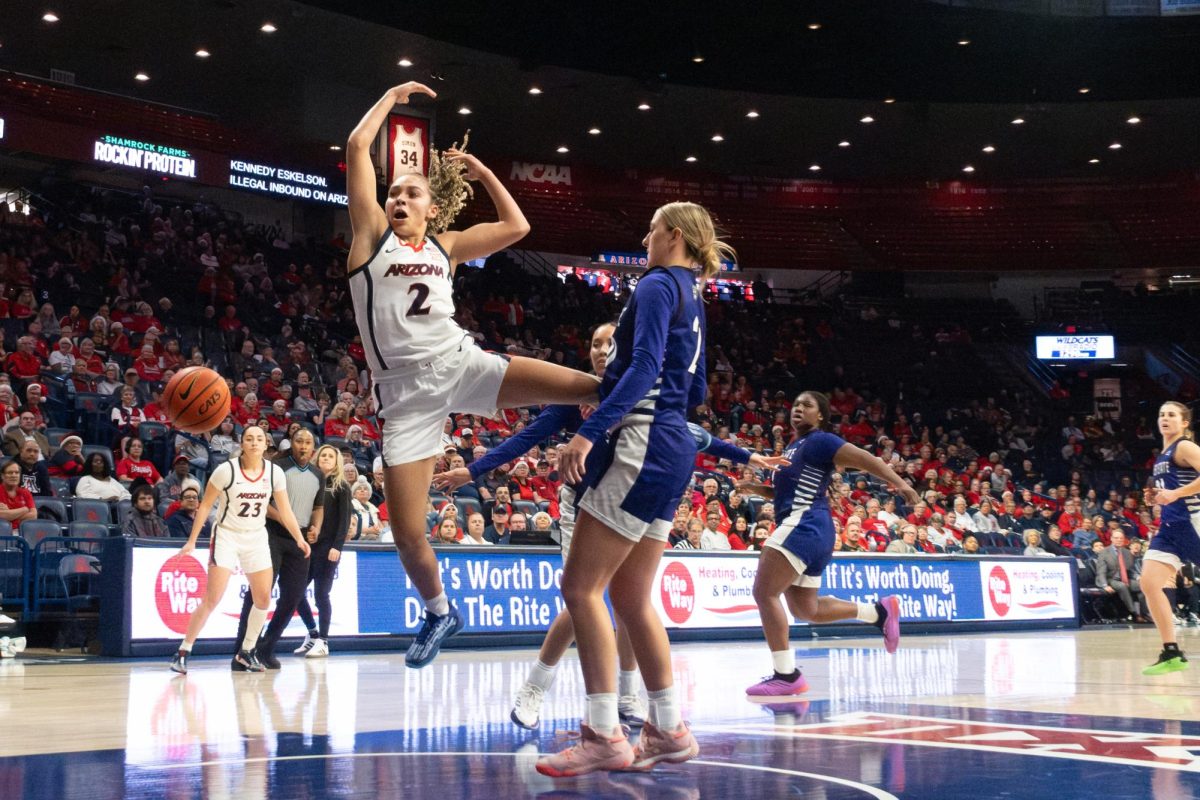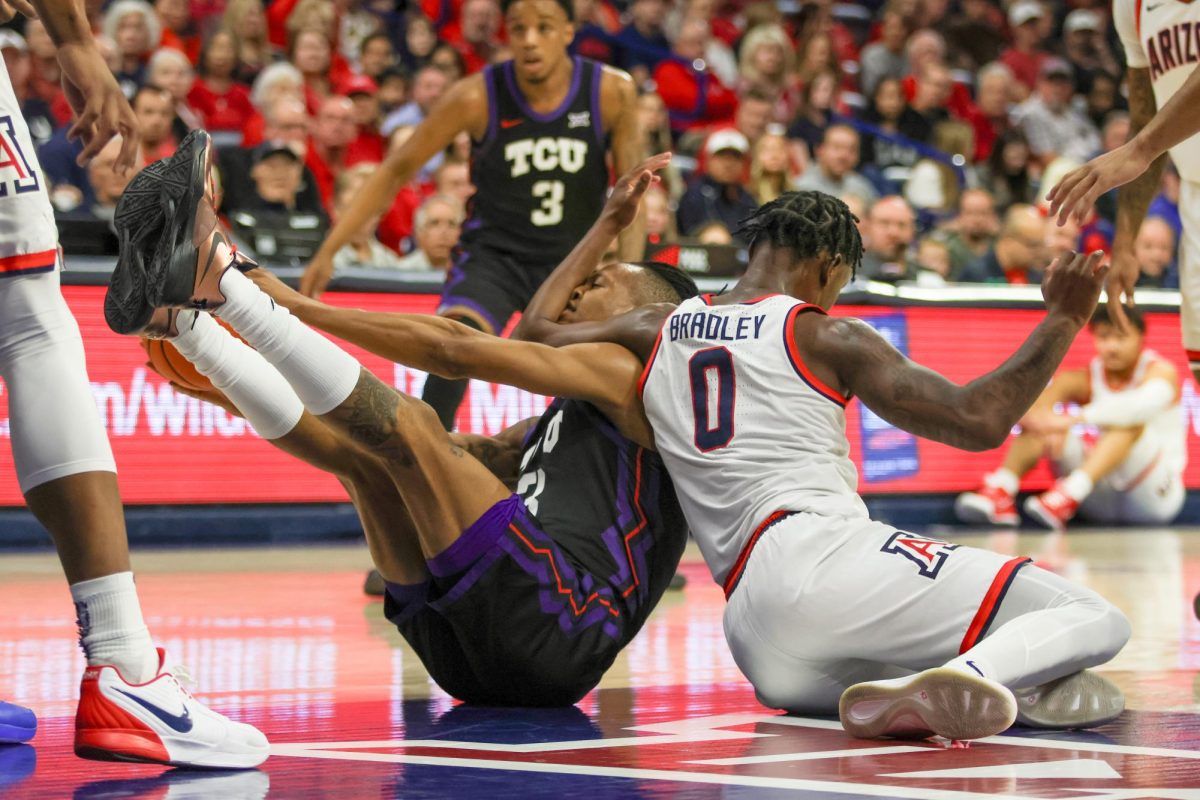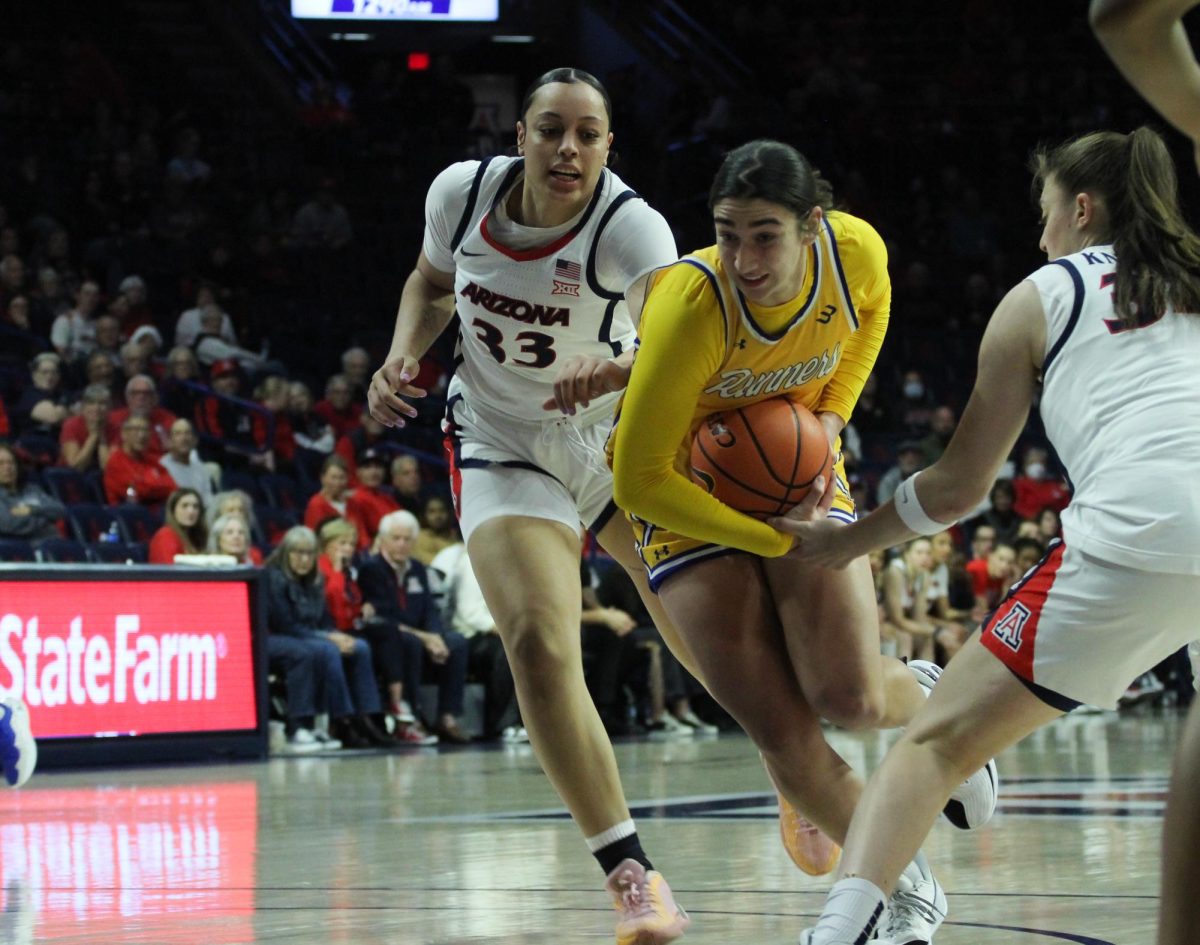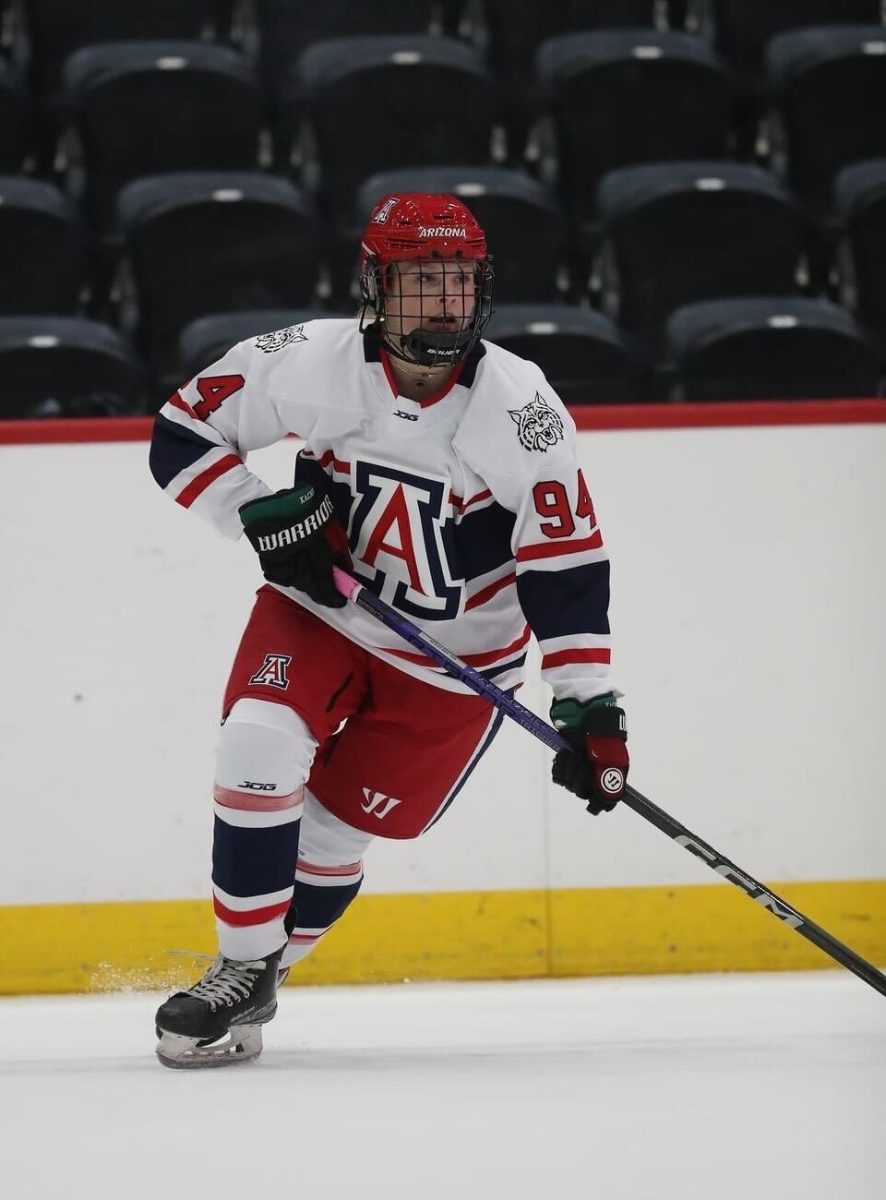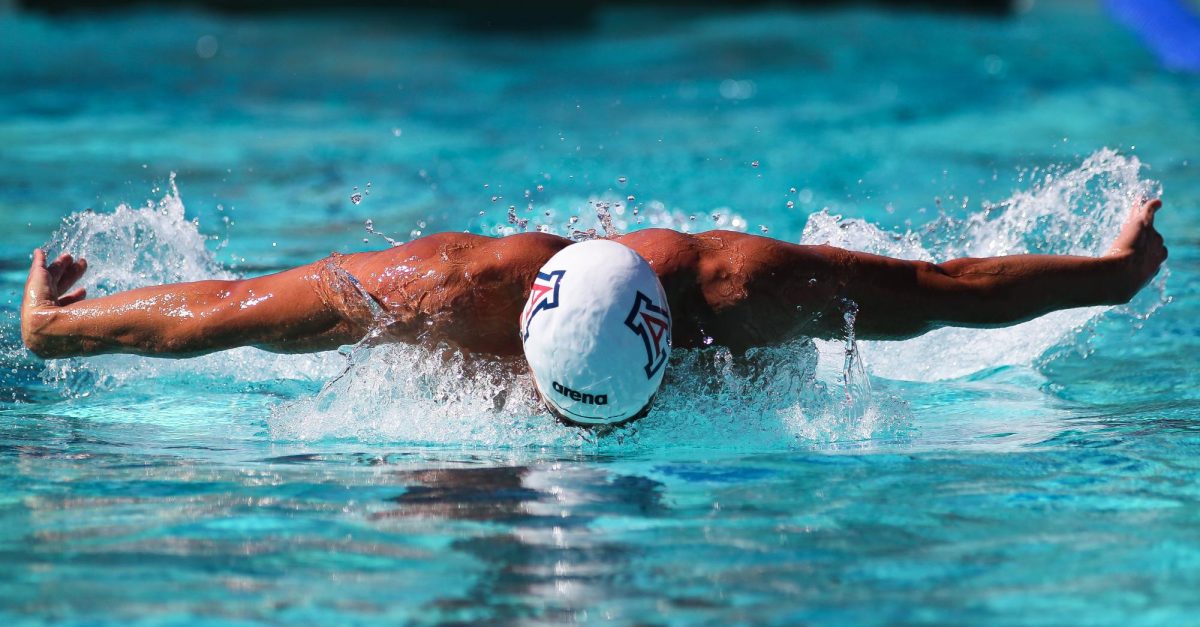While the game of football has been home to numerous innovations over the last 100 years, few have changed the game like the spread. An offensive system that was once employed by teams lacking in talent, the spread has become the scheme of choice an overwhelming majority of collegiate programs.
On Saturday, fans will see two sides of the same coin: The pass happy, air raid offense preferred by Mike Leach, and the run centric attack that has carried Rich Rodriguez and the Arizona Wildcats to the top of the Pac-12 South.
The air raid has its roots in both Provo, Utah and Houston, Texas. What is now known as the air raid was first seen at BYU as Lavell Edwards took the Cougars from unknown midmajor to national champions. The Cougars recruited quarterbacks like Steve Young, Jim McMahon and Ty Detmer, and unleashed them. BYU changed the sport, they were one of the first programs to find success outside of the tried and true “Three yards and a cloud of dust” offensive methodology.
The offensive philosophy is centered around the concept of stretching a defense. With the air raid, the running game is a necessary evil and rarely utilized. Wide receivers and quarterbacks are the focal points. Receivers are expected to adjust their routes on a moment’s notice, depending on the coverage shown.
Quarterbacks are expected to deliver the football efficiently and on target. Plays are designed with one concept in mind, to create one on one match-ups in space. Unlike antiquated concepts like the wishbone where physical confrontation was the order of the day, the air raid and its derivatives rely on speed.
While the Cougs were darkening the skies with footballs, coaches in another part of the country were tinkering. In Houston, John Jenkins created an offense that took the passing concepts espoused by Edwards and expanded it to its logical end. What resulted was the run n’ shoot, a system that took the college and pro games by storm in the late eighties. The run n’ shoot relied on tempo, the concept of running plays in quick succession, to wear defenses out. Tired defenses were more likely to make mistakes in coverage, leading to chunk plays.
By the time Leach arrived in Lubbock, Texas in 2000 he had become an experienced air raid playcaller. His time at Kentucky under Hal Mumme, who had been inspired by Edwards and Jenkins, was extremely productive. Leach tutored quarterback Tim Couch who rewrote the record books in Lexington thanks to the air raid. Couch was selected first overall by the Cleveland Browns in the 1999 NFL Draft.
Leach brought that success to Texas Tech, where the Red Raiders consistently led the nation in passing. It has been more of the same on the Palouse, as Leach has brought the explosive offense to Washington State.
While the air raid has been a productive offense for many programs, there is one inherent flaw in the system: it is quite difficult to find quarterbacks that can thrive in it. For some programs, it is far easier to implement a run based version of the air raid, where spacing and tempo rules the day. That’s what was done by a young coach in the mountains of West Virginia.
Richard Rodriguez took some of the elements found in the air raid and applied them to the run game, creating an offense that carried the young coach from West Virginia all the way to the desert.
The system espoused by Rodriguez, and members of his coaching tree utilizes a fair number of concepts found in the air raid. Spacing is important, as well as one on one match-ups. Tempo is another shared characteristic, both philosophies rely on physically exhausting the opposition.
Physicality is eschewed in favor of pure speed and athleticism. Players tend to be a bit smaller but more mobile, especially on the offensive line, compared to their traditional counterparts.
The major difference between the air raid, and Rodriguez’s spread is the proportion of pass plays. It is exceedingly rare for any run oriented spread team to wing the football around the field. Quarterbacks are more likely to be athletic runners who can occasionally pass, than pure passers. Former West Virginia signal caller Pat White is a perfect example of this phenomenon. White was a mediocre passer, that ran his way into the national consciousness.
Saturday’s game will be a battle of two similar philosophies. While the air raid may appear to be worlds apart from the ground based spread, it only seems that way. Both are innovative systems that rely upon speed to create favorable match-ups. Nevertheless, the game will be decided not by scheme, but by the young student-athletes on the field.
Follow Nathan Skinner on Twitter



